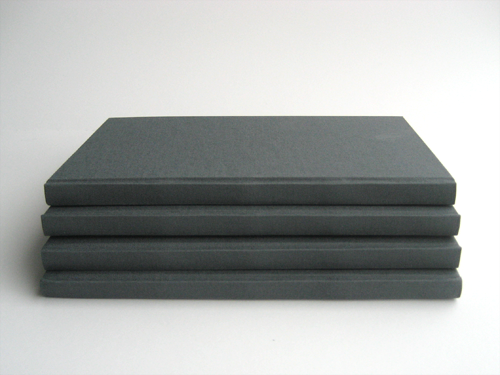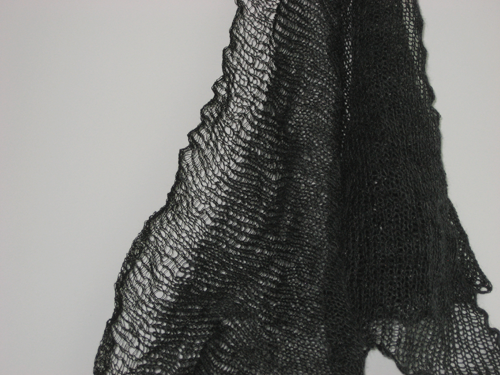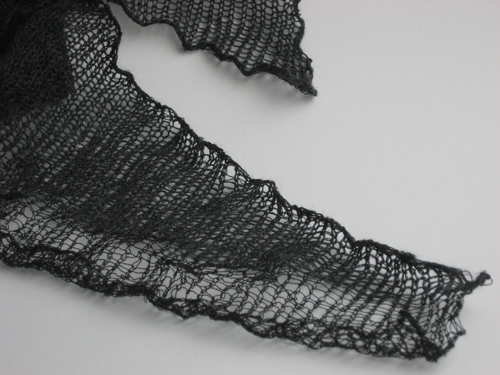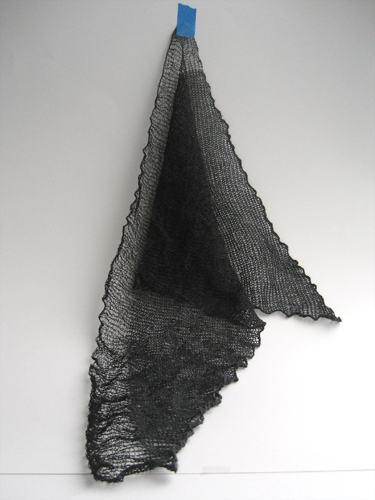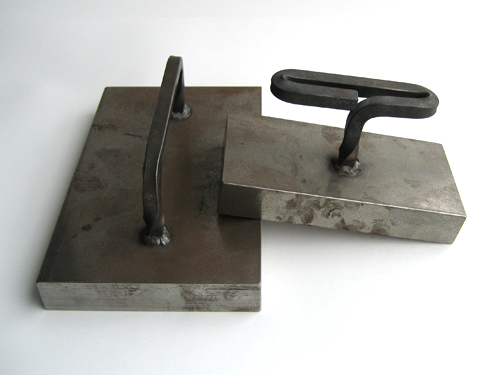I have not given up on my plans to try one new recipe a week. It hasn’t quite been every week, but it’s been more than usual. Unfortunately, it hasn’t always worked out.
After my moderate success with the gnocchi, I decided to try some real baking: pretzels. That attempt ended in tears: the dough completely failed to rise and refused to be rolled (much less shaped into anything pretzel-like) and pretty much looked like anemic dog poop on the baking pan, and I binned it without even trying to cook it. That dampened my enthusiasm for the whole try-cooking-new-things thing quite a bit.
Friday I took another shot at it, this time with pizza crust. E. had been hiking all week and I wanted to surprise him. I used the Gluten Free on a Shoestring recipe (as I had with the pretzels), and again, epic fail. The dough failed to rise at all, and was pretty much a dense, heavy brick. I don’t know if it’s the flour (Bob’s Red Mill All-Purpose), or if the yeast was bad, or if it’s because I clobbered it in the food processor, or perhaps didn’t clobber it enough. Fail, fail, fail.
When I was at the grocery buying flour for the pizza, I also picked up a box of Arrowhead Mills Gluten Free Pizza Crust Mix, figuring (apparently wisely) that if the scratch version went the way the pretzels had, I could try the mix and see how that went. So yesterday I tried it.
It wasn’t perfect. I followed the directions carefully, first dissolving the yeast in water (which the Shoestring recipe doesn’t say to do), then stirring in the dry ingredients by hand until it came into a ball, and turning it out on a board to (try to) knead it for 10 minutes. But it was so sticky I had to keep dumping more flour on the board to keep it from sticking. After about 10 minutes of swearing and punching at the dough (occasionally managing to knead it properly) and scraping it off my fingers, I put it in a bowl with a damp towel over it, and put it in the oven to rise (along with a bowl of hot water that I had placed in a few minutes previously, on a tip I’d found on the ‘web).
And… it didn’t. When I took it out 1/2 hour later it looked the same as when I’d put it in. It was, however, significantly less hockey-puck like than my previous attempt, so E. convinced me to bake it anyway. I think by this point I’d so tortured him with the idea of pizza–which he once loved but has not able to eat since long before before we discovered his wheat allergy–that he would have eaten it regardless of how it turned out.
Well, this is how it turned out:
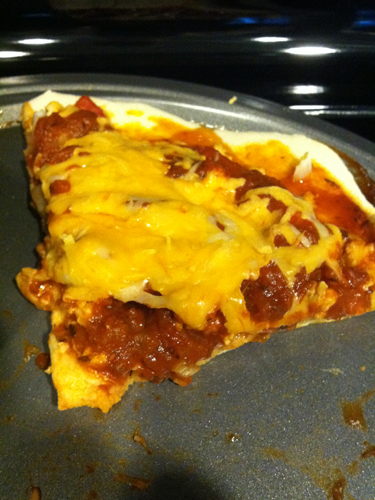
It wasn’t bad! The crust was slightly spongy (not dense and cracker-like, as I’d feared), and had sufficient structural integrity to pick up a piece to eat. We topped it with a can of pizza sauce, ground turkey, minced onions, half of a leftover tomato that was nearing the end of its useful life, and a mixture of grated reduced-fat mozzarella and fat-free cheddar (which we added after about 10 minutes of baking).
I had two slices and E. ate the rest, and was so pleased with it that he wants to make the second one (the mix makes two crusts, so we put one in the fridge) tonight.
And so I am emboldened to try again.
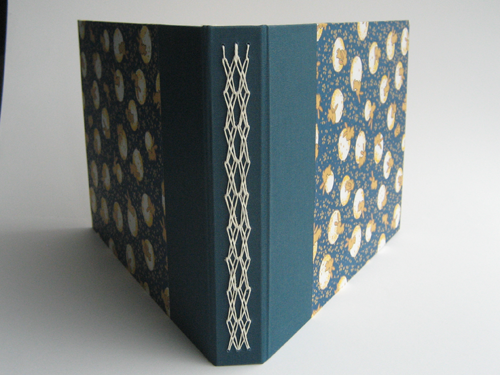
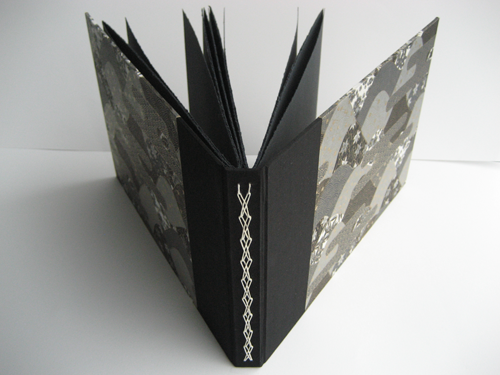

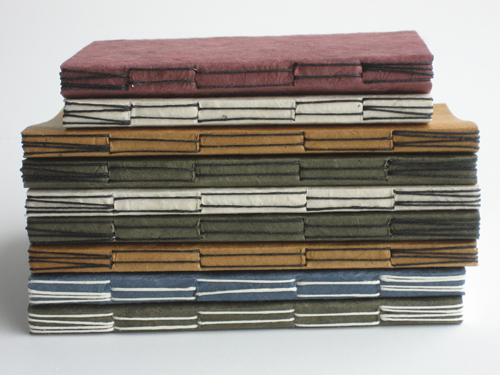
![sev[en]circle II Cowl of seven knitted circlets attached in the back](http://bathtubdreamer.com/wp_cms/wp-content/uploads/2011/10/7circle.png)
